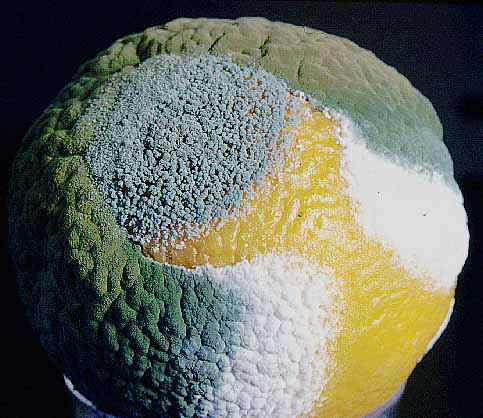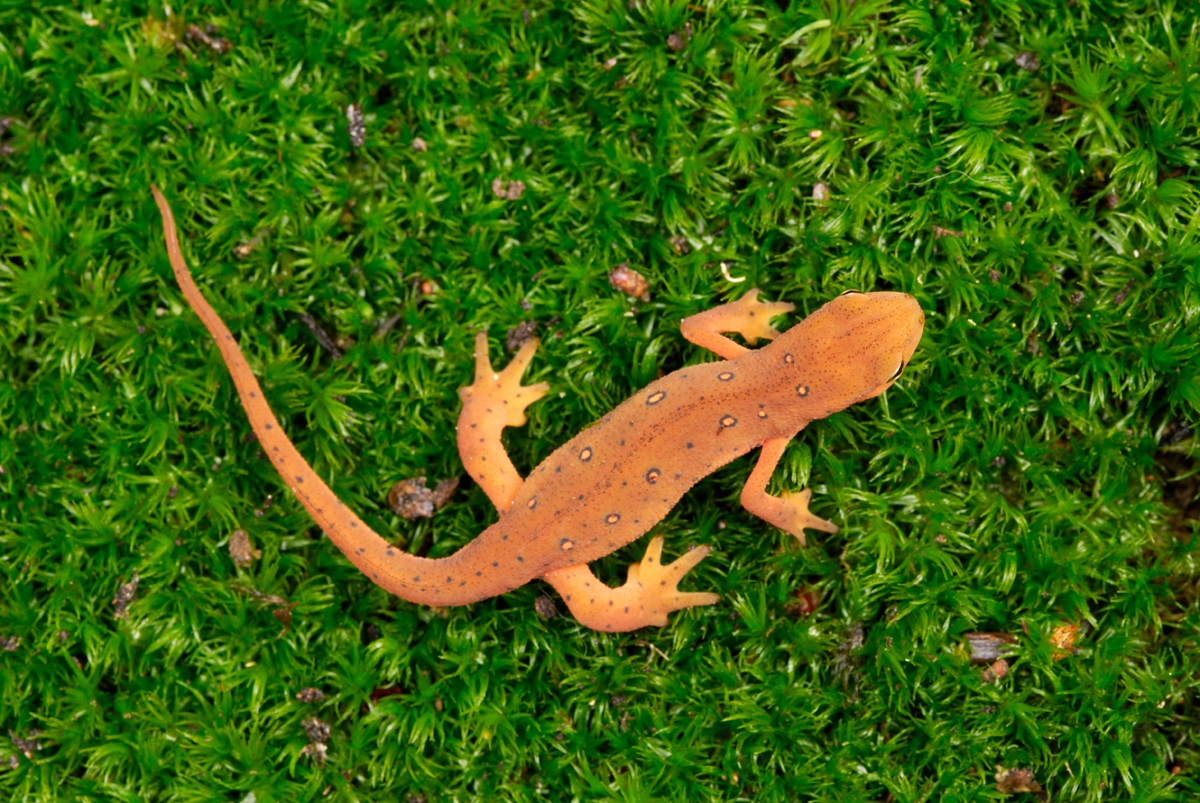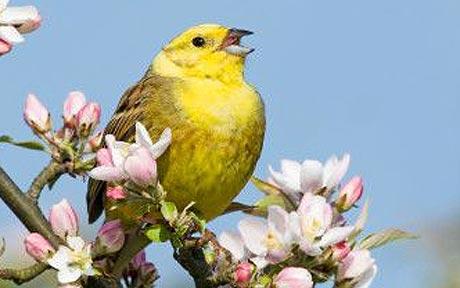
Penicillium chrysogenum bacteria
Penicillium bacteria were thought to reproduce asexually. A new study shows that a certain strain of the bacteria still has the genes required to carry out sexual reproduction and that these genes are linked to the production of penicillin. From SciAm:
Paul Dyer, a fungal biologist at the University of Nottingham in England, suspected that P. chrysogenum would reproduce sexually if given the right encouragement. A complete sequencing of the fungi’s genome revealed that P. chyrosogenum still carried the genes needed for mating. “That told us that there was perhaps sexual compatibility there,” he says. So Dyer and researchers at several other European institutions tried to find the ideal conditions that would encourage P.chrysogenum to have sex.
First, Dyer and his colleagues paired strains with compatible mating genes (P. chyrosogenum has two different sexes) and grew them with different food and light conditions. The winning combination was an oatmeal-base supplemented with a vitamin called biotin. After five weeks in the dark, the fungi produced special structures called cleistothecia and ascospores, which only occur after sexualreproduction. Genetic analysis confirmed that genes had been sexually recombined. “We’ve now revealed its secret sexual side,” Dyer says.
Furthermore, the researchers discovered that the genes that regulate the fungi’s sexual ability also control the amount of penicillin it produces; the fungi that are having sex make more penicillin. The team published their findings online in January in Proceedings of the National Academy of Sciences. “I’ve believed for a long time that these guys were having sex but they were just doing it in secret,” says Joan W. Bennett, a professor of plant biology and pathology at Rutgers University, who was not involved in the work.
Researchers are hoping that this leads to more efficient penicillin production or maybe even the discovery of new antibiotics.


